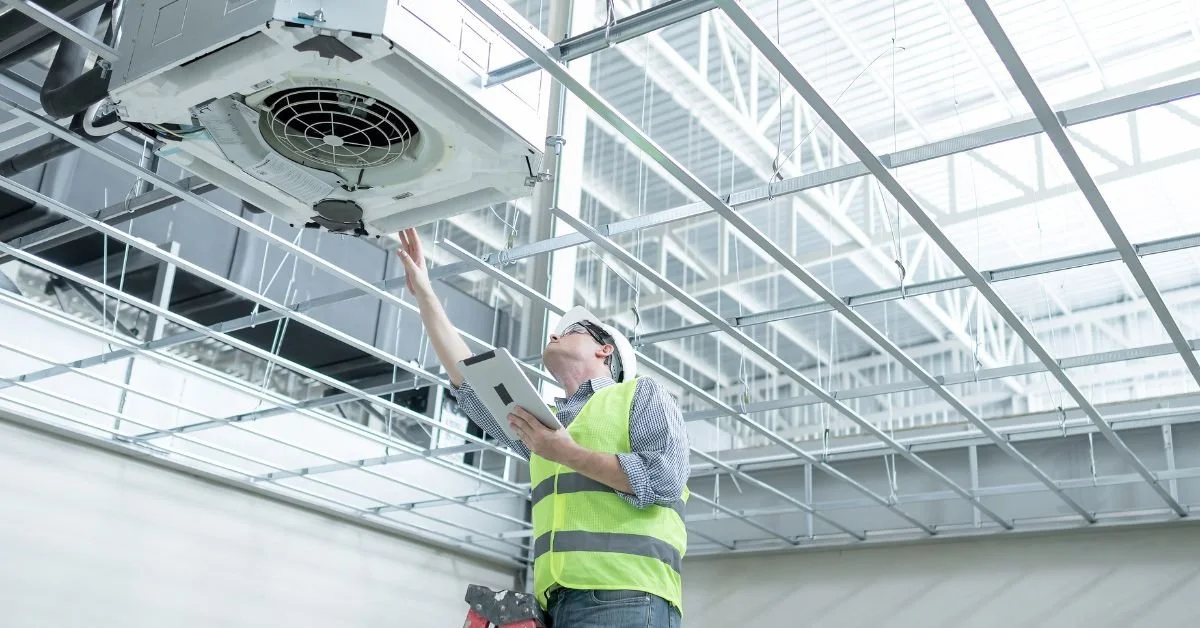7 Great Home Energy Solutions to Reduce Your Carbon Footprint
Move over, fossil fuels. There's a new sheriff in town. For the first time in history, solar power is cheaper than burning liquid dinosaur bones.
There are more home energy solutions than ever to make your home green and clean, energy-wise. Solar is the first option on the list, but it's just the beginning of reducing your carbon footprint. If you’re looking for ideas on how to stop climate change at home, consider adding energy-efficient appliances, improving insulation, and reducing water waste. What other ways can you make your home more efficient?hat other ways can you make your home more efficient?
There are more than just alternative energy systems at your disposal. Think smart features, energy-saving appliances, and more. Let's dive into seven solutions you can employ to get one step closer to carbon neutrality.
1. Use Alternative Home Energy Solutions
Clean energy for your home like solar is the obvious choice. You slash your utility bill in half and get some nice government subsidies to boot. But what other options are on the table?
Heat pumps are all the rage these days, and for good reason. They use the law of thermodynamics to heat and cool your home. Further, they have minimal overhead and are very, very cheap to install.
What's great about heat pumps is that they work year-round. They take out hot air when it's hot, then cold air when it's cold. They work in almost any climate and are easy to retrofit.
New energy solutions are springing up every single day. There are flywheels, molten-metal batteries, and other options for energy storage. Investing in this tech might be a bit pricey at first, but well worth it.
2. Upgrade to High-Efficiency Appliances
There's always that one person who has a washing machine that their grandmother purchased in 1923. A machine that refuses to quit. 100 years later, it still chugs through loads and can be repaired by anyone.
The problem is, these old appliances have terrible energy efficiency. Sure, they may run forever and then some. Compare their energy usage to a newer machine, though, and your jaw will drop.
Newer machines have better energy efficiency, period. Replacing even a decade-old fridge is almost always guaranteed to net you energy savings. Give new appliances a couple of years and they might pay themselves off in energy savings.
While you're at it, invest in green energy to power your appliances. Look for options to buy geothermal energy, or wind energy. More and more utility companies provide these options when customers ask.
3. Spruce Up Your Insulation
You should buy a high-efficiency split-type A/C with a dual inverter. However, it won't mean much if the home it's in doesn't make the most of it.
Insulation keeps your home cool in summer, and warm in winter. It helps the right temperature stay in, and keeps the wrong one out. Naturally, poor or minimal insulation allows that comfortable temperature to leak right on out.
Get your insulation tested and bulk it up if necessary. It's a small, affordable renovation that makes a huge difference.
4. Buy Energy-Efficient Electronics
After you've upgraded your appliances, know that you're not done. There are other power vampires for you to put a stake in. Namely, lights and electronic devices.
For example, swapping out all your incandescent bulbs with LEDs makes a huge difference. LEDs require less power, shine brighter, and last longer. You get energy savings and good lighting you won't have to replace often.
Getting your computer a more efficient power supply, or buying a power-efficient fan, makes a difference. Small replacements can result in big changes down the line.
5. Renovate Instead of Moving
It's normal to get tired of your home. It feels too small or lacks storage space. Everyone's first instinct is to move to a new place.
If you crunch the numbers, though, you'll discover that moving is terrible for your carbon footprint. It's much better for the planet to renovate. So, make some alterations to your home rather than selling it and moving on.
If you can, make do with less. Perhaps you don't need the renovations and upgrades you are considering. Downgrade, and get rid of the things you can live without.
6. Learn to Recycle
One of the major contributors to climate change is our wasteful habits. We throw out too much. So, help with your neighborhood's recycling efforts.
Take the time to separate recyclable trash from anything else. In particular, bag your food waste. Contact your local sanitation company and find what options they have for food waste.
If they don't have the option to dispose of it, consider composting. This returns that biological material to the earth. A compost pile enriches your soil, making it perfect for gardening.
7. Get a New Car
You saw this one coming. Your vehicle is, in essence, a machine that belches carbon and toxic gasses into the atmosphere. It logically follows that you should get rid of it ASAP.
Consider getting a hybrid vehicle. This minimizes your reliance on fossil fuels without cutting them out entirely. You get a highly efficient blend of an electric vehicle mixed with a gasoline one.
Better yet, go all-electric. Sure, there are some growing pains. You will have to install a home charger and be more conscious of superchargers on the go.
That said, your electric vehicle will be a boon for our planet's health. Plus, electric vehicles are better all around. They require less maintenance, accelerate faster, and have all the modern smart features.
Start Your Journey to Carbon Neutrality
There are endless amounts of home energy solutions to make your abode carbon neutral. Replace all the appliances, get new LED bulbs, and maybe even a new car. Insulating your home or installing heat pumps--little changes--can go a long way.
Follow our blog for more ways to reduce your carbon footprint.











